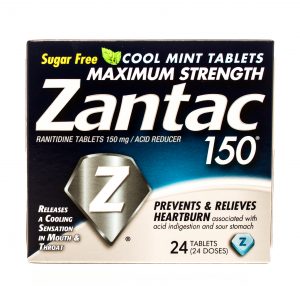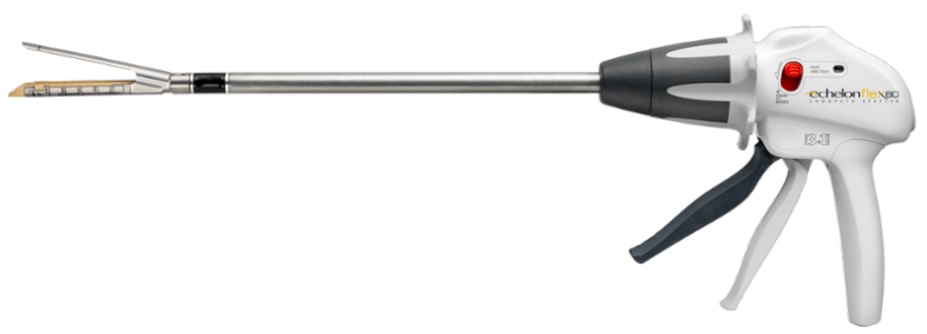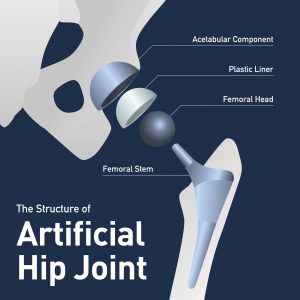
Elmiron (pentosan polysulfate sodium) is a prescription medication that was approved in 1996 for the treatment of interstitial cystitis. This condition is sometimes referred to as painful bladder syndrome and can consist of a range of symptoms. These can vary from the occasional mild discomfort to constant and significant pain in the bladder or lower abdomen of the body.
Currently, Elmiron is the only FDA-approved oral medication to treat interstitial cystitis. As a result, numerous individuals have taken the medication for an extended period. But over the past few years, several studies have been published that indicate that some people may suffer from vision problems from taking Elmiron. Some of the more notable studies came out in 2018 and 2019.
This blog post will examine the possibility of Elmiron causing vision loss in patients, its current status with the U.S. Food and Drug Administration (FDA), and what its makers, Janssen Pharmaceuticals, Inc. (Janssen) and Johnson & Johnson, potentially face in litigation.
 North Carolina Product Liability Lawyer Blog
North Carolina Product Liability Lawyer Blog









 During the course of surgery, a doctor may need to find a way to connect sections of organs or close wounds. One way to do this is through the use of sutures, a special type of thread. Another way is with the use of surgical staples. The Ethicon surgical stapler is pictured at right.
During the course of surgery, a doctor may need to find a way to connect sections of organs or close wounds. One way to do this is through the use of sutures, a special type of thread. Another way is with the use of surgical staples. The Ethicon surgical stapler is pictured at right.


